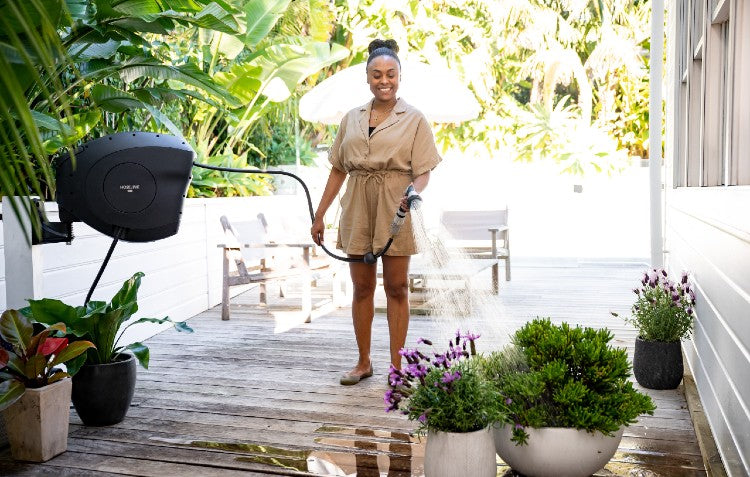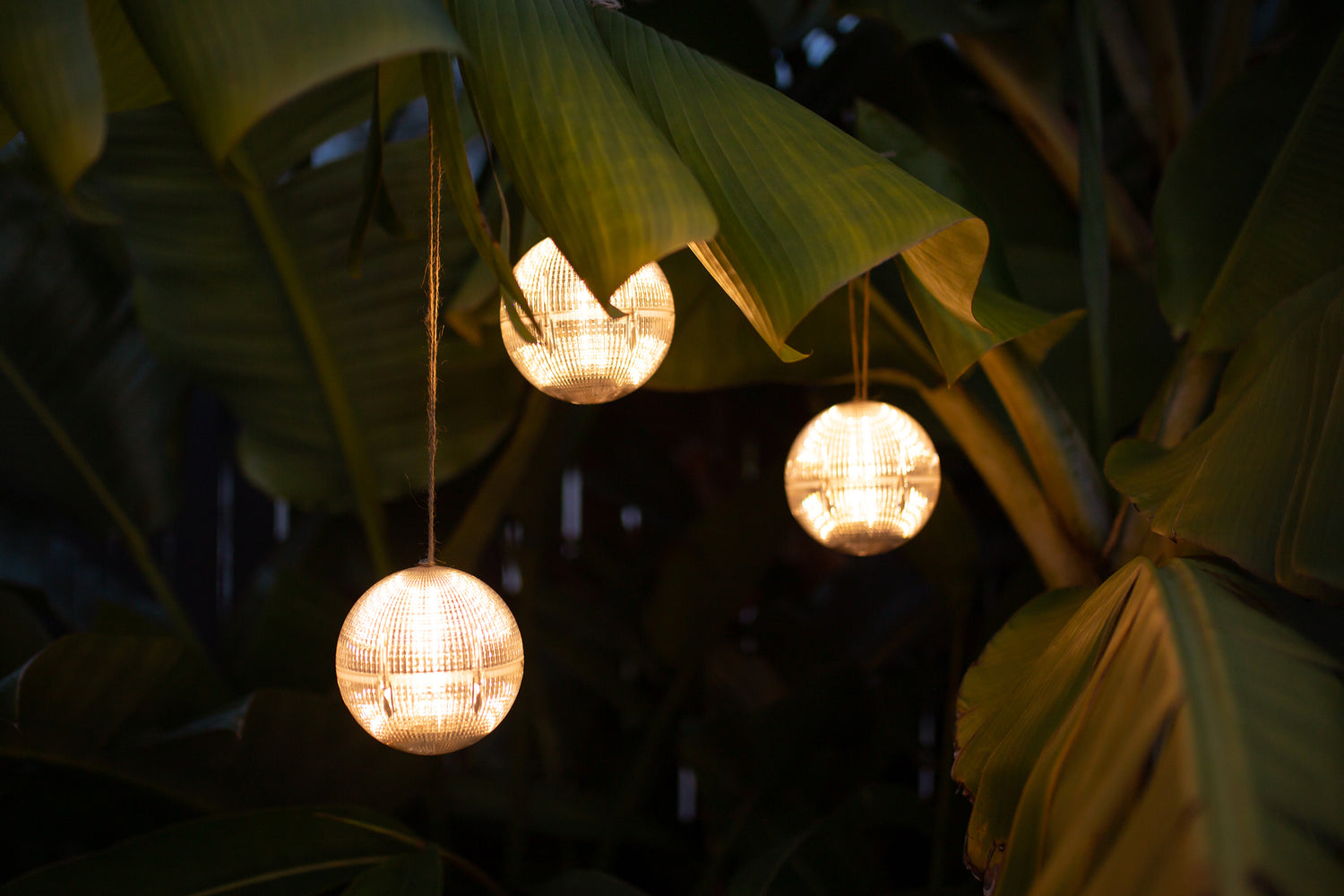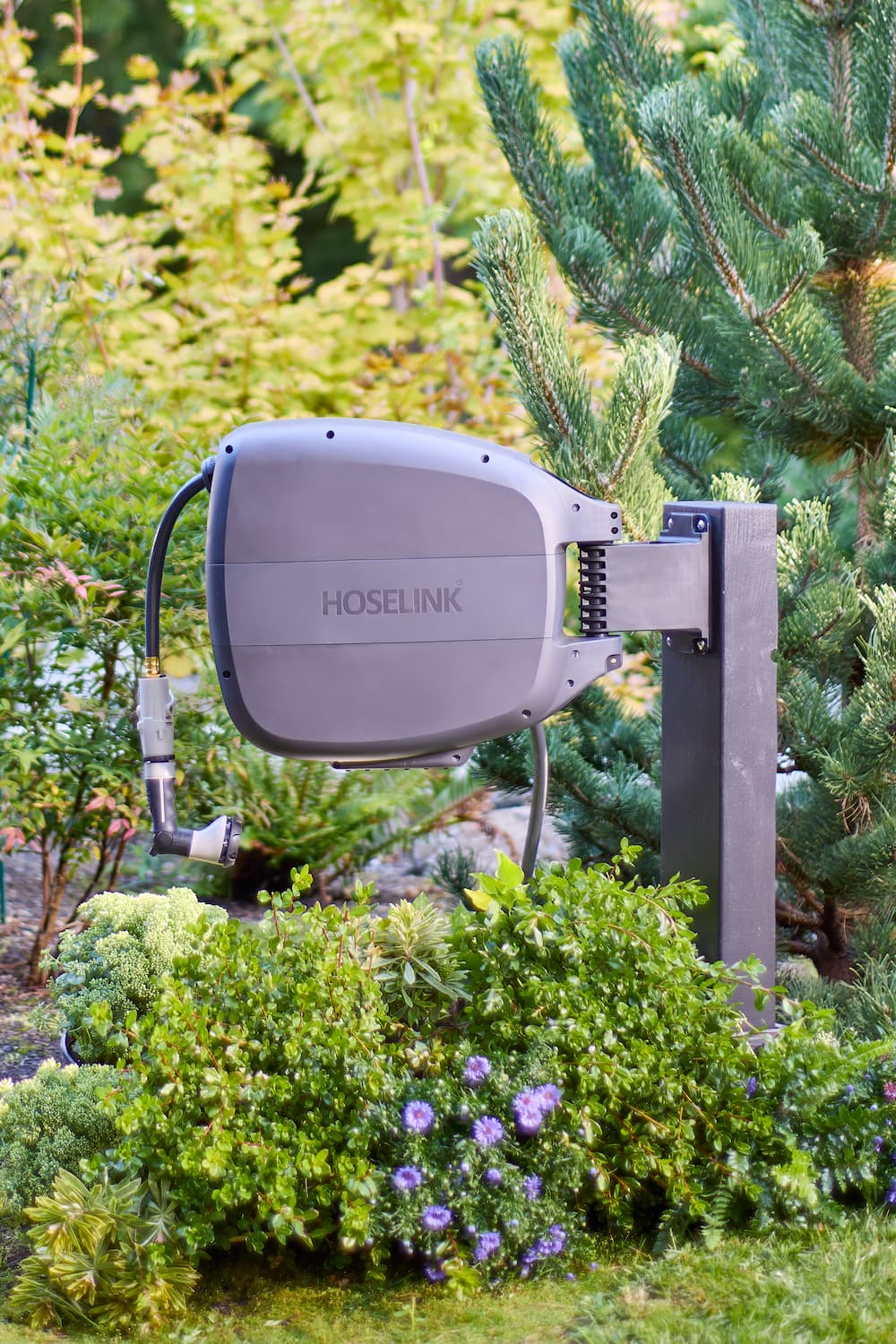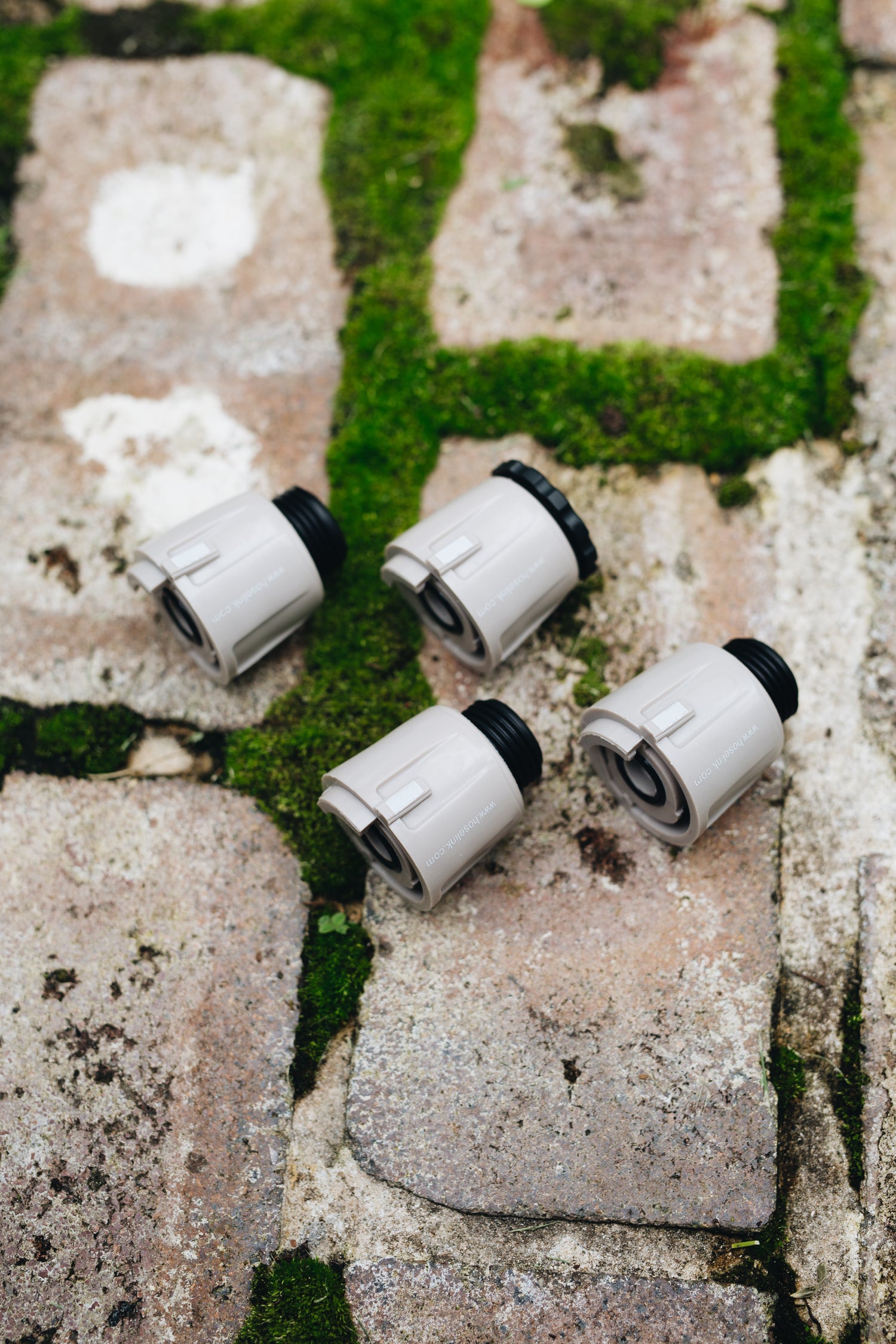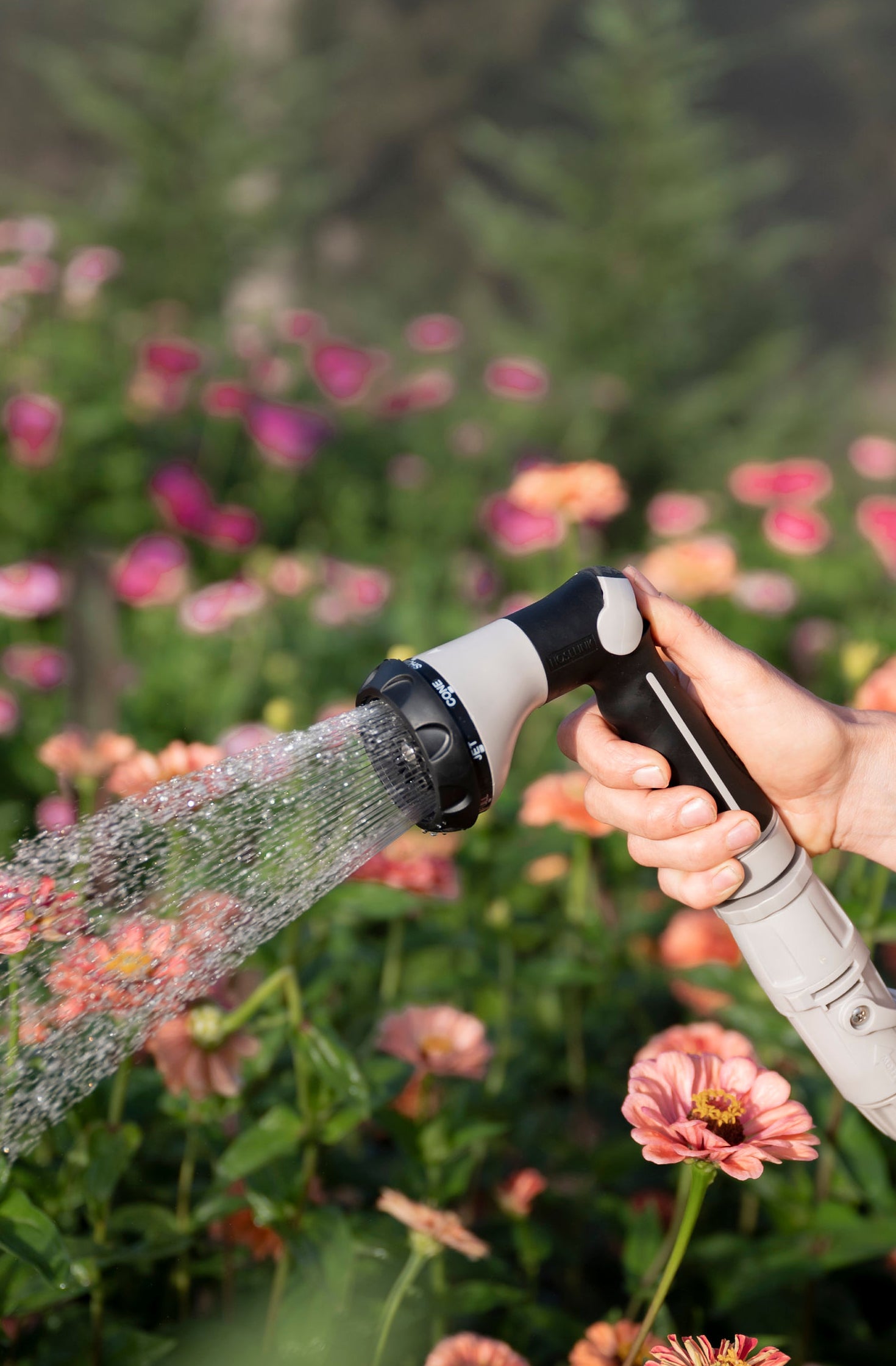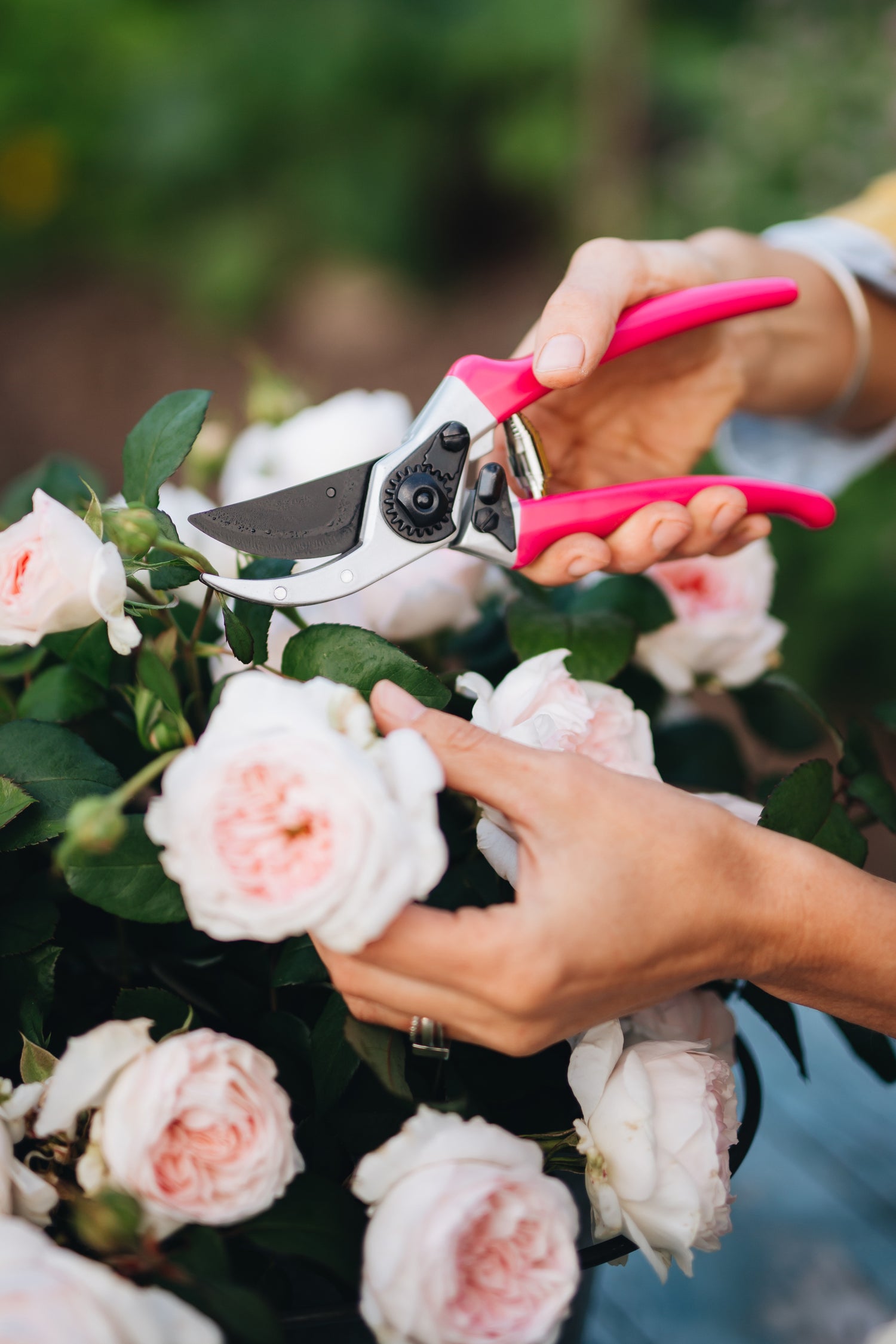As temperatures rise and the sun shines brighter, your garden needs a little extra TLC to flourish. In this article, we'll explore the essential steps to ensure your plants not only survive but thrive during the summer months. From proper watering techniques to sun protection strategies, we've got you covered. Whether you're a seasoned gardener or just starting out, these expert recommendations will help you create a lush and vibrant garden oasis that withstands the heat and dazzles with beauty all summer long.
Choose the Right Plants
Selecting plants for your home garden requires thoughtful consideration. Start by assessing your climate zone and soil type to determine which plants will thrive in your area. Consider the amount of sunlight your garden receives daily to choose plants that match its light requirements. Factor in your available space and desired garden style, whether it's a lush oasis or a functional vegetable patch. Research plants' growth habits, water needs, and maintenance requirements to ensure compatibility with your gardening skills and schedule. Lastly, aim for a balance of colors, textures, and heights to create an aesthetically pleasing and harmonious garden space.

Provide Adequate Watering
Watering is crucial, especially during hot summer days. Ensure your plants receive enough moisture by watering deeply and consistently. Consider investing in a drip irrigation system or soaker hoses to efficiently deliver water to the roots. Deep potted plants can benefit from deep watering to ensure the water is delivered directly to the root system. Providing adequate watering for outdoor plants is essential for their health and vitality. Start by understanding each plant's water needs based on its species, size, and environmental conditions. Consider factors such as soil type, weather patterns, and drainage to tailor your watering routine accordingly. Water deeply and infrequently to encourage deep root growth and resilience to drought. Use mulch to retain soil moisture and reduce evaporation. Water early in the morning to minimize water loss from evaporation and fungal diseases. Regularly monitor soil moisture levels by checking the soil's moisture content and adjust your watering schedule as needed, especially during hot and dry periods.
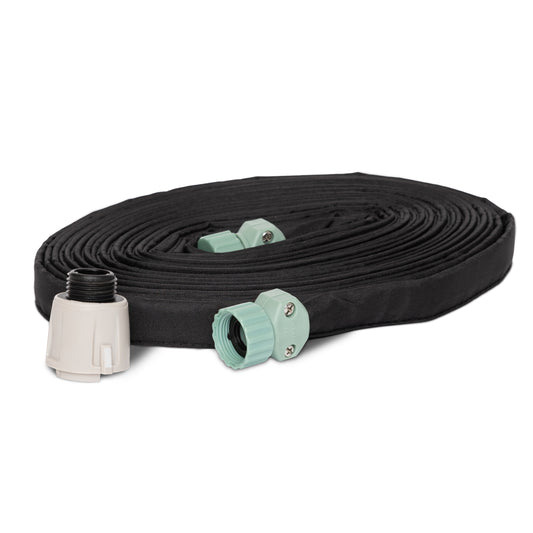

Mulch Your Garden Beds
Mulching garden beds with organic materials offers diverse benefits. One method, sheet mulching, involves layering cardboard or newspaper directly on the soil, followed by organic matter like shredded leaves, straw, or compost. This approach effectively suppresses weeds while enriching the soil as the materials decompose. It's particularly useful for establishing new garden beds or converting lawn areas into planting spaces. Another organic mulching option is to use grass clippings or wood chips. Spread them evenly around plants, providing a layer thickness of 2-3 inches. Grass clippings add nitrogen to the soil, while wood chips offer excellent weed suppression and moisture retention. Choose the organic mulching style that best suits your garden's needs and objectives.

Fertilize Regularly
Fertilizing your garden is crucial for promoting healthy plant growth and maximizing yields. Different plants have varied fertilizer needs due to factors like their growth stage, soil conditions, and nutrient requirements. For instance, flowering plants often benefit from a fertilizer high in phosphorus to support bloom production, while leafy greens may require a nitrogen-rich fertilizer for lush foliage growth. Organic fertilizers, derived from natural sources like compost, manure, or bone meal, are vital for sustainable gardening. They improve soil structure, enhance microbial activity, and provide a balanced nutrient supply without the risk of chemical runoff or soil degradation, fostering long-term soil health and plant vitality. Our favorite is Arber Organic Fertilizer

Protect from Pests and Diseases
Protecting plants from pests and diseases is essential for maintaining a thriving garden. Start with preventive measures such as selecting disease-resistant plant varieties and practicing crop rotation. Encourage biodiversity to attract beneficial insects that prey on pests. Regularly inspect plants for signs of infestation or disease and promptly remove affected foliage. Utilize organic pest control methods like neem oil or insecticidal soap to deter pests without harming beneficial insects. We recommend Arber Bio-Protectant for it’s simple application and organic contents. In addition, implement practices such as proper spacing and adequate watering to prevent disease development. By employing a combination of proactive strategies and targeted treatments, you can safeguard your plants and promote a healthy garden ecosystem.
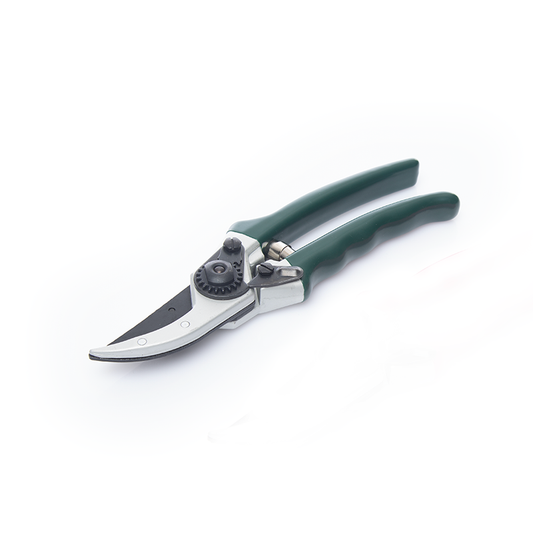
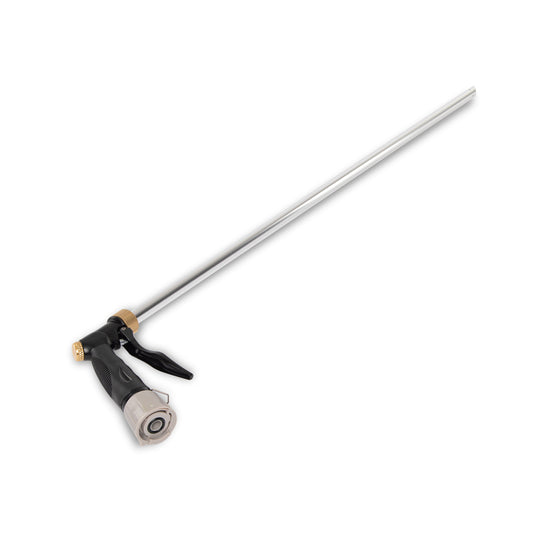
Prune and Deadhead
Pruning and deadheading plants in spring/summer is crucial for promoting healthy growth and enhancing blooming. Start by removing dead, damaged, or diseased branches to prevent the spread of disease and encourage new growth. Trim back overgrown areas to maintain a desired shape and size, ensuring adequate airflow and sunlight penetration. Deadheading spent flowers redirects the plant's energy into producing new blooms, prolonging the flowering season. Use clean, sharp tools to make precise cuts, avoiding tearing or crushing plant tissue. Regular pruning and deadheading not only improve the appearance of your garden but also stimulate vigorous growth and abundant flowering throughout the season.

Provide Adequate Sunlight
Ensuring your garden gets sufficient sunlight is vital for plant health. Prioritize placing plants in areas with at least 6 hours of direct sunlight daily. However, excessive light or heat can harm delicate foliage. Combat this by strategically shading plants with umbrellas, shade cloth, or planting taller species nearby for natural protection. Mulching can also retain moisture and moderate soil temperature. Regular monitoring and adjusting ensure your garden thrive under the sun's gaze.
Properly Space Your Plants
Properly spacing plants in your garden is crucial for optimal growth and health. Adequate spacing ensures each plant has ample access to sunlight, nutrients, and water, preventing competition for resources. It also allows for proper air circulation, reducing the risk of diseases and promoting healthier foliage. Overcrowding can lead to stunted growth, increased susceptibility to pests and diseases, and overall diminished yields. To properly space your plants, start by researching the specific requirements of each plant variety regarding spacing. Consider factors such as mature size, root spread, and growth habits. Use spacing recommendations provided on seed packets or plant labels as a guide. When planting, visualize the mature size of each plant and allow enough room between them to accommodate future growth.
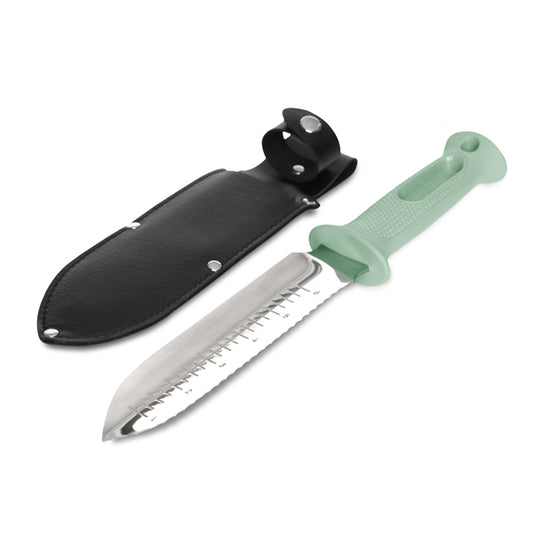
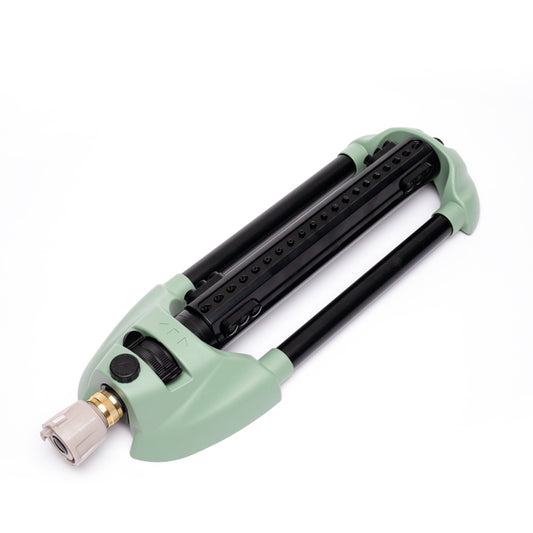
Monitor Soil Moisture and pH Levels
Monitoring soil moisture and pH levels is essential for maintaining a healthy garden. To assess moisture, use a soil moisture meter or simply feel the soil's dampness with your fingers. Aim for consistent moisture, avoiding both waterlogging and drought stress. For pH levels, utilize a soil pH tester or kit to measure acidity or alkalinity. Most plants thrive in slightly acidic to neutral soil, with a pH range of 6.0 to 7.0. However, certain plants have specific pH preferences. Regular monitoring and adjustments, such as amending soil with compost or sulfur for acidity, ensure an optimal growing environment for your plants. To really treat your plants with something extra special, an organic plant food like can help boost your soil health and act as a supplement for your plants to see stronger roots and thicker foliage.

Stay Vigilant and Flexible
Finally, be prepared to adapt to changing conditions and address any issues that may arise in your garden. Keep an eye out for wilting or yellowing leaves, which may indicate water stress or nutrient deficiencies. Look for signs of pest infestation like holes in leaves or chewed stems. Monitor for abnormal growth patterns, such as stunted growth or sudden decline. Be vigilant for signs of disease, like spots or lesions on leaves. Regular observation allows prompt intervention, ensuring a thriving and healthy garden.
By following these 10 tips, you can help your plants thrive throughout the summer months and beyond. Each step plays a crucial role in maintaining a healthy and vibrant garden. Prioritizing proper sunlight, spacing, soil moisture, and pH levels sets the stage for healthy plant growth. Regularly monitoring for changes and promptly addressing any issues ensures your garden remains vibrant and pest-free.
Embrace gardening not as a chore but as a fulfilling activity that gives back to you both mentally and physically. Nurturing plants and witnessing their growth should be a source of joy and relaxation - with attention to detail and a mindful approach, your time in the garden will be a delightful journey with a few #gardenfails along the way but plenty more victories with fresh produce on the table, blooming flower beds and lush landscapes!
Time to roll up your sleeves, get out into the garden, and watch your plants flourish in the summer sun!

